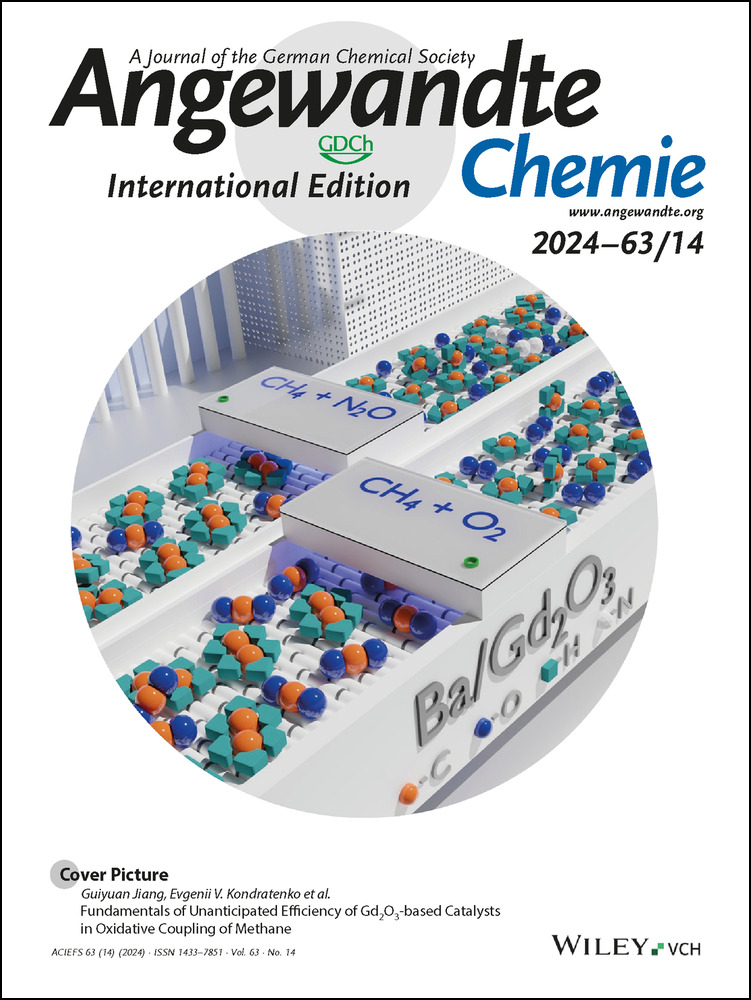A Three-Dimensionally Extended Metal–Organic Ladder Compound Exhibiting Proton Conduction
Graphical Abstract
The synthesis of a three-dimensionally (3D) extended two-legged ladder compound was reported for the first time. The unique 3D extended lattice consists of one-dimensional (1D) mixed-valence halogen-bridged metal chains (⋅⋅⋅Pt−I−Pt−I⋅⋅⋅) and helically arranged macrocyclic units as the constituent legs and rungs. The out-of-phase mixed-valence Pt2+/Pt4+ arrangement arises from the weak interchain correlation among adjacent legs.
Abstract
Ladder systems situated in the dimensional crossover region have attracted much attention because their electronic states and physical properties depend strongly on the electronic correlations among the constituent legs. Generally, two-/three-legged transition metal-oxide ladder compounds are studied as representative ladder systems, but two-/three-dimensional (2D/3D) extensions based on such ladder systems with a few numbers of legs are difficult because of the extreme synthesis conditions. Here, for the first time, we report the successful creation of a 3D extended two-legged ladder compound, [Pt(en)(dpye)I]2(NO3)4 ⋅ 2H2O (en=ethylenediamine; dpye=1,2-Di(4-pyridyl)ethane), which is obtained by simple oxidative polymerization of a small Pt macrocyclic complex using elemental I2. The unique 3D extended lattice consists of 1D mixed-valence halogen-bridged metal chains (⋅⋅⋅Pt−I−Pt−I⋅⋅⋅) and helically arranged macrocyclic units as the constituent legs and rungs, as confirmed by single-crystal X-ray diffraction. Diffuse X-ray scattering analyses and optical measurements revealed that the out-of-phase mixed-valence Pt2+/Pt4+ arrangement arises from the weak interchain correlation among adjacent legs. In addition, this compound shows an increase in proton conductivity by a factor of up to 1000, depending on humidity.
Open Research
Data Availability Statement
The data that support the findings of this study are available from the corresponding author upon reasonable request.





